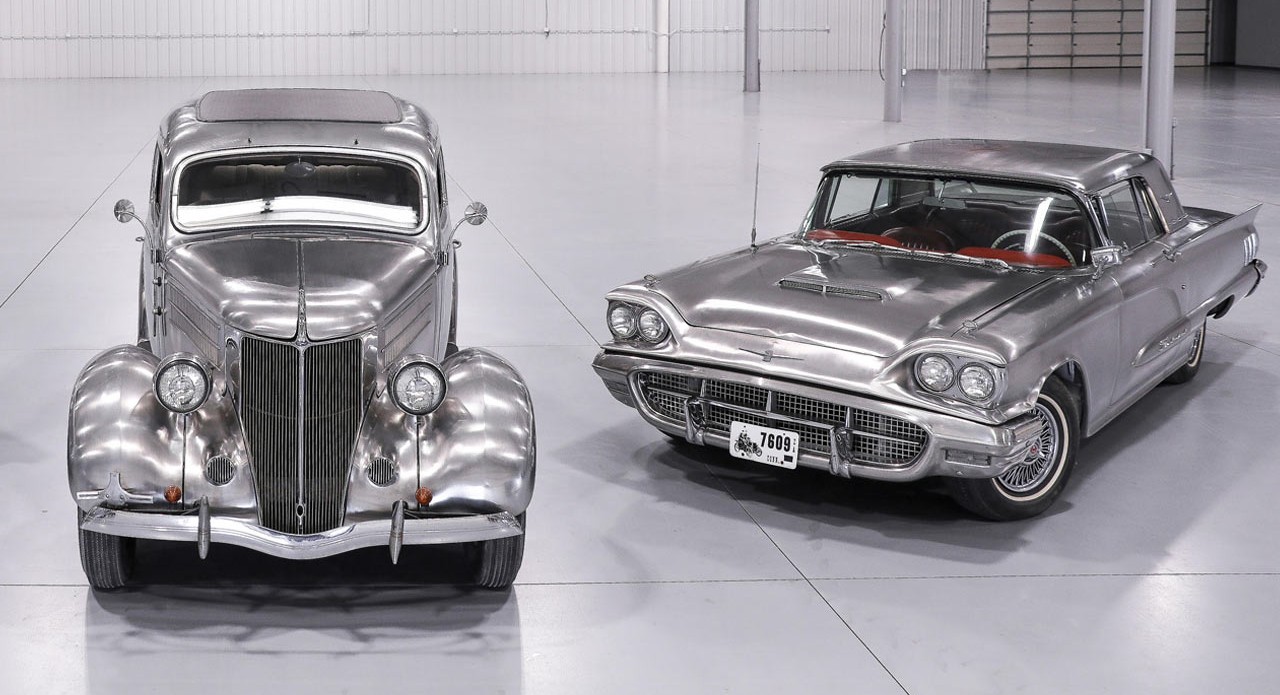There was a time when driving meant you, a steering wheel, an engine, and whatever bravery you’d packed into your left trouser pocket. Today, however, cars have become cleverer than the people sitting in them. They watch traffic, sniff danger, anticipate your mistakes, and—most annoyingly—comment on everything you do wrong. Yes, I’m talking about ADAS, or Advanced Driver Assistance Systems, which is basically a swarm of digital guardian angels armed with lasers, radar, and more attitude than a traffic cop at closing time. These systems don’t just help you drive; they quietly judge your choices, stop you from crashing into lampposts, and occasionally slam the brakes when a plastic bag blows across the road “just in case.” Love them or find them infuriatingly overprotective, ADAS has become the secret co-pilot in modern cars—always watching, rarely sleeping, and absolutely convinced it knows better than you.
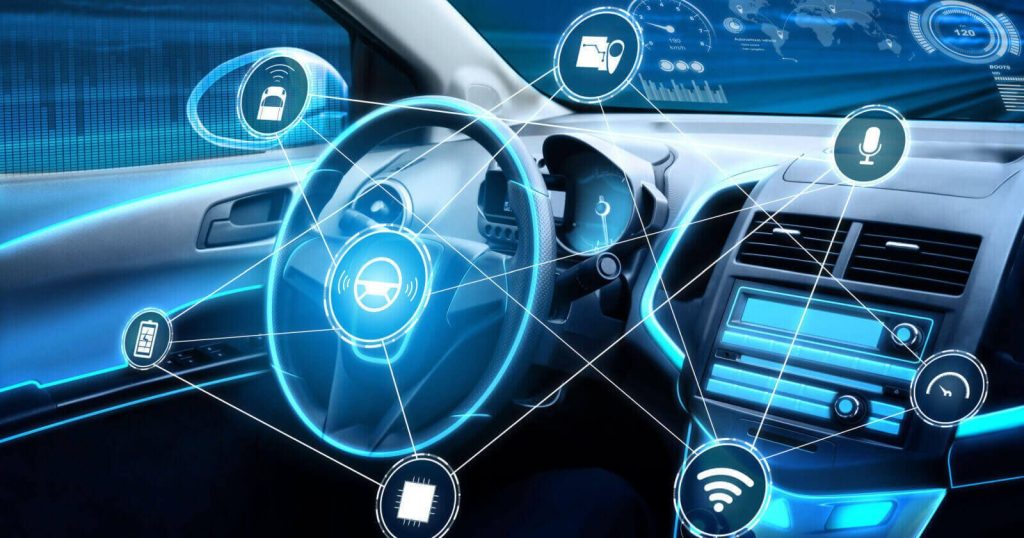
What Exactly Is ADAS
Advanced Driver Assistance Systems are the growing collection of electronic technologies designed to keep drivers out of trouble. They rely on a rich tapestry of sensors: cameras perched like owls behind the windshield, radar tucked into bumpers, ultrasonic sensors whispering around the car’s edges, and sometimes even LiDAR scanning the world in glorious 3D. Together, these devices feed data into a central brain that interprets what’s happening around the car—traffic, pedestrians, lane markings, stray cyclists, or a dog chasing a frisbee—and decides whether you’re about to make a questionable life decision.
The goal of ADAS is not to turn you into a passenger but to prevent those split-second mishaps caused by distraction, fatigue, or overconfidence. It’s not full autonomy; it’s assisted driving, the halfway house between old-school manual control and the eventual future where cars drive themselves while you recline in the back with a sandwich.

How ADAS Works Behind The Scenes
For something so silent, ADAS is constantly busy. Cameras detect lane lines, read road signs, and recognise obstacles. Radar measures the distance and relative speed of vehicles up ahead, even in rain or fog. Ultrasonic sensors deal with low-speed environments like parking lots, spotting poles, pets, and that one shopping cart determined to ruin your bumper. The car’s software then merges all these inputs like a digital orchestra, making sense of the world in real time.
If the system spots danger, it doesn’t wait for your reaction time—which, let’s be honest, is often slower than you’d like to admit. Instead, it alerts you with beeps, lights, vibrations, or, when things get properly dicey, direct intervention. That might mean tugging the steering wheel gently, slamming the brakes with far more confidence than you ever would, or cutting throttle to stop you from turning a near miss into an insurance claim.
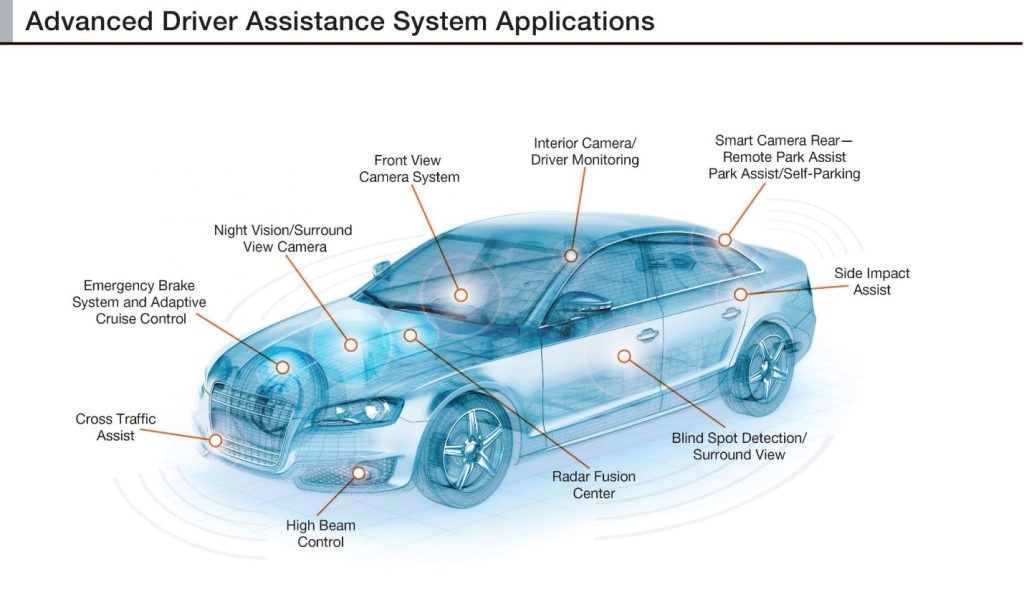
Key Features That Make ADAS A Life-Saver
Modern ADAS systems come armed with a suite of quietly brilliant features that behave like an overzealous guardian angel. Adaptive Cruise Control takes the monotony out of highway driving by automatically adjusting your speed to match the traffic ahead, saving you from the endless dance of brake–accelerate–brake. Lane Keeping Assist hovers over the steering wheel like a worried parent, nudging you back into line whenever you wander off because the scenery—or your playlist—got too interesting. Automatic Emergency Braking is the system’s inner superhero, slamming the brakes with split-second precision when it senses an imminent collision, often before you’ve even realised trouble is brewing. Blind Spot Monitoring looks after the areas your mirrors pretend don’t exist, flashing warnings whenever a sneaky car sits just out of view. And then there’s Driver Drowsiness Detection, which watches your behaviour like a suspicious school teacher, gently prodding you when it senses you’re about to nod off. Together, these features don’t just assist—they quietly and relentlessly protect you from the everyday chaos of modern roads.
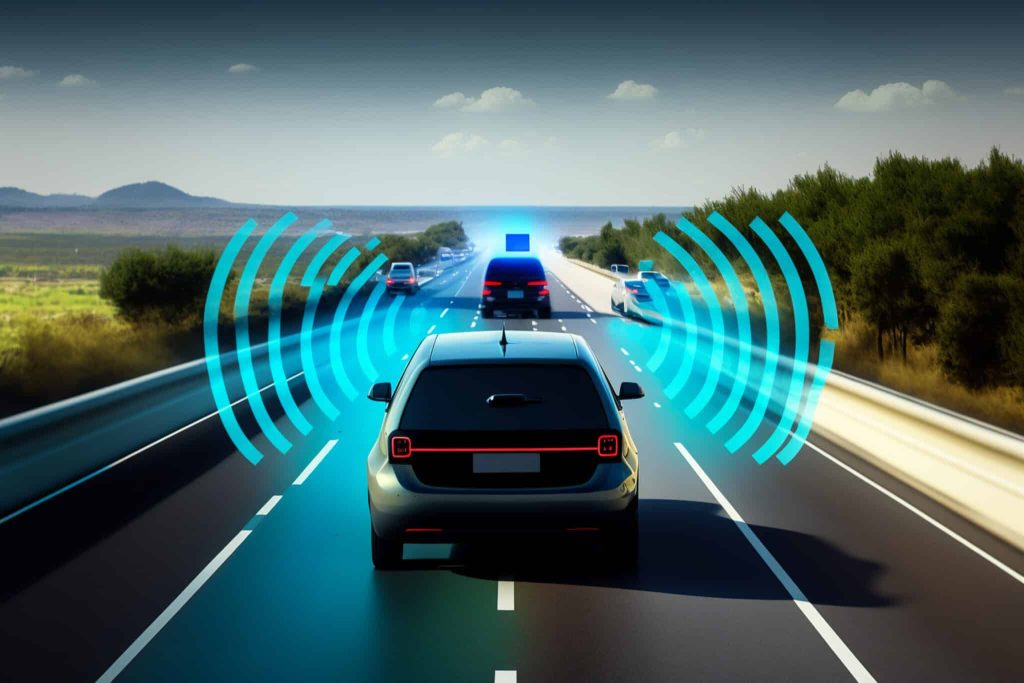
What Happens When ADAS Is Fully Active
With ADAS switched on, the car becomes almost unsettlingly competent. It keeps you centred in your lane, paces traffic with monk-like patience, and slams the brakes if a rogue scooter darts across your path. It’s the motoring equivalent of having a hyper-alert co-pilot with lightning-fast reflexes and zero tolerance for stupidity.
Daily commutes become calmer. Long highway drives feel less tiring. Even busy city roads become manageable because the car is constantly watching those chaotic variables you can’t possibly track simultaneously. ADAS doesn’t just assist—it smooths out the rough edges of human driving.
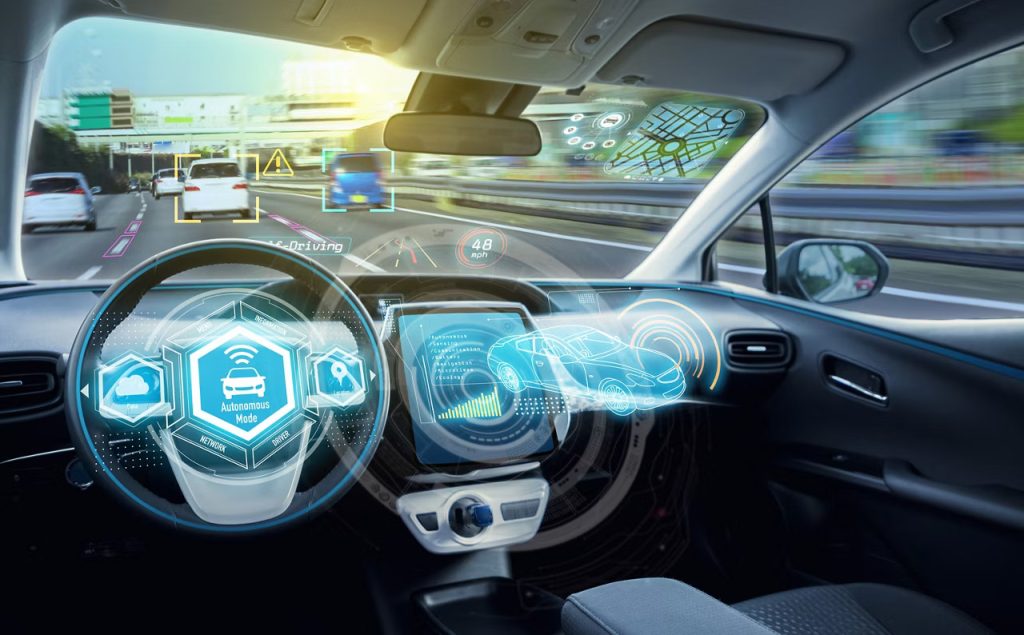
What Happens When ADAS Is Turned Off
Switch everything off and suddenly you’re reminded how much work modern cars quietly do for you. There’s no lane nudging, no automatic braking, no helpful reminders about crossing traffic. It’s just you, raw inputs, and physics—exactly like the old days, except with far more horsepower and traffic.
Some drivers prefer this. It feels purer, more mechanical, more honest. But it also demands sharper focus, quicker reflexes, and a willingness to accept all consequences. Without ADAS, the margin for error widens into something you must respect—especially at high speeds or in unpredictable traffic. It is not a replacement for skill. But it is an ingenious backup plan—one that, quite frankly, saves lives while making everyday driving far less exhausting.









